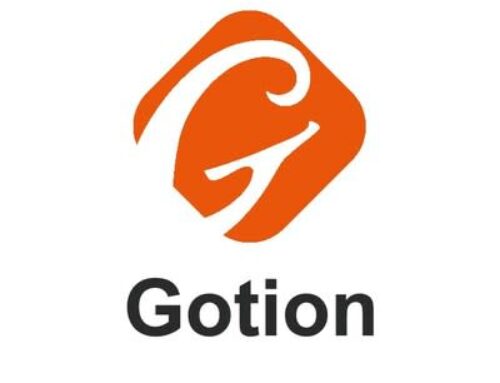Cannabis Smoking Declines As Vaping And Edibles Surge, CDC Finds
April 14, 2025
While smoking is still the most common method of using cannabis, alternative methods like vaping and edibles are growing in popularity, according to a new survey by the U.S. Centers for Disease Control and Prevention.
The CDC report published last week provides an overview of how adults in the U.S. consume cannabis based on the 2022 Behavioral Risk Factor Surveillance System (BRFSS), an annual telephone survey of health behaviors among adults in all 50 states, DC, and three territories.
The survey included participants from 22 states and two territories. Today, medical cannabis is legal in 39 states, three territories, and the District of Columbia. Of these, 24 states also have legalized cannabis for recreational use.
The report shows that, in 2022, smoking was still the most frequent method of cannabis use among adults who had used cannabis within the previous 30 days, with 79.4% of users choosing it, confirming smoking’s traditional role as the dominant form of cannabis consumption.
Other methods, however, have gained significant traction: 41.6% of users reported eating cannabis, 30.3% reported vaping, and 14.6% reported dabbing, which involves inhaling vaporized cannabis extracts.
Smoking Decreases, Vaping And Edibles Increase
The CDC data from the 2016 survey in 12 states shows a clear shift in how adults in the U.S. are using cannabis.
In 2016, smoking was the most used method, with 90.1% of users reporting it as their primary form of consumption, while only 58.3% used smoking exclusively. By 2022, smoking remained the most common method, but the percentage dropped to 79.4%.
In 2022, however, other methods gained popularity: 41.6% of users consumed cannabis edibles (up from 24.5% in 2016), 30.3% vaped (a significant increase from 19.4%), and 14.6% dabbed (a new method not recorded in 2016).
These trends represent a growing shift toward more diverse cannabis use as people increasingly combine methods.
This change is most likely due to greater product availability, shifting preferences, and changes in cannabis regulations.
New types of cannabis products, such as oils, gummies, and concentrates, may be driving this shift.
Additionally, new technology, particularly in the vaping industry, may have played a role, offering a better experience than what was available in 2016.
Young People Favor Vaping and Dabbing
The rise in popularity of dabbing and vaping aligns with patterns among youth and young adults, where high-potency products are gaining traction.
In particular, vaping and dabbing were most popular among young adults aged 18–24 years. Nearly 45% of them consumed cannabis by vaping, and 28.4% dabbed, showing the trend towards high-potency methods of use among youth.
These methods of consumption are often associated with increased THC exposure and a higher risk of adverse effects such as acute psychosis, cannabis use disorder, or lung injury caused by toxins, an issue highlighted during the 2019 EVALI outbreak, according to the CDC report.
“This shift in routes of use among younger persons could lead to exposure to higher concentrations of THC at an age when brain development is still occurring, and thus increase the risk for cannabis use disorder, injuries, or acute psychosis,” the report reads.
Growing Diversity In Consumption Methods
As nearly half (46.7%) of cannabis users report using two or more methods, such as smoking and eating or smoking and vaping, the report suggests that many are exploring different experiences or benefits. This shift reflects a broader trend towards more diverse user preferences, driven by factors like product availability, perceived health benefits, and social or cultural influences.
However, the CDC warns that while 41.6% of cannabis users consume it in edible form, which doesn’t affect the lungs, it comes with its own risks. Because the effects take longer to kick in, people often end up taking higher doses than intended. Edibles also pose a risk to children if they’re left out, highlighting the need for secure packaging and better consumer awareness.
Search
RECENT PRESS RELEASES
Related Post



